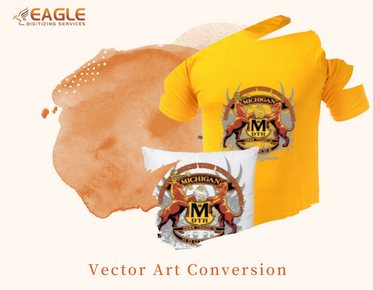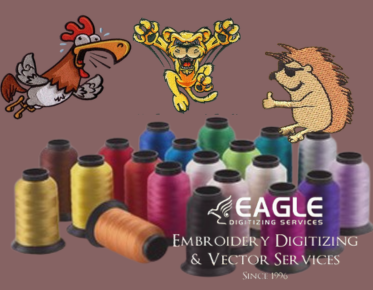Expert Guide to Exporting and Saving Vector Graphics Effectively
Graphic design and digital media production often rely on the crisp, scalable properties of vector graphics. Whether you're creating logos, illustrations, or complex design elements, understanding how to correctly export and save vector graphics is crucial to maintaining high quality and compatibility. This comprehensive guide will delve into the essential practices for optimal vector graphics management.
Understanding Vector Graphics
Vector graphics are constructed using mathematical equations that define geometric shapes like points, lines, and curves. This differs significantly from raster graphics, which are composed of individual pixels. The mathematical basis of vector graphics means they can be resized infinitely without losing quality, making them ideal for a wide range of applications from logos to detailed illustrations.
Common Vector File Formats
The most popular vector file formats include SVG (Scalable Vector Graphics), AI (Adobe Illustrator), EPS (Encapsulated PostScript), and PDF (Portable Document Format). Each format has its specific use cases and advantages, which makes understanding them critical for optimal use. For example, SVG files are typically used for web applications due to their scalability and compatibility with most web browsers.
Exporting Vector Graphics
When exporting vector graphics, it’s important to choose the right file format based on the intended use. For instance, AI files are preferred for ongoing editing in Adobe Illustrator. In contrast, EPS files are often used for collaborating with other professionals using different software as they retain editing capabilities and transparency.
Key Export Settings
- Preserve Illustrator Editing Capabilities: When exporting to PDF or EPS, ensure this option is selected, especially if you need to make future edits in Illustrator.
- Include Linked Files: This ensures all linked images and elements are embedded directly into the file, making it self-contained.
- Color Mode: Choose between RGB and CMYK depending on the final output medium, with RGB preferred for digital outputs and CMYK for printing.
Ensuring Compatibility
To maximize compatibility across different platforms and software, using standardized formats like SVG or PDF can be beneficial, as these are universally recognized. Additionally, when working with printing services, always confirm the preferred file format and resolving settings to avoid any conversion issues.
Eagle Digitizing's Role in Vector Graphics
Eagle Digitizing offers advanced vectorization services, ensuring that your hand-drawn or raster images are converted into cleaner, scalable vector formats. With their expertise, vectors are crafted to retain the integrity and sharpness necessary for professional outputs. They provide a variety of services like raster to vector conversion, background removal, and image retouching that are essential for high-quality prints and interfaces.
Services Tailored for Various Industries
Their services are particularly beneficial for industries like marketing, screen printing, and promotional product manufacturers who require fast turnaround times and competitive pricing. The high customer satisfaction rates underscore Eagle Digitizing’s commitment to delivering tailored solutions that meet specific client needs.
Best Practices for Saving Vector Graphics
Once your vector graphic is ready for saving, remember these practical tips:
- Multiple Versions: Keep editable versions (like AI files) separately from the exported formats necessary for production.
- File Naming Conventions: Use clear, descriptive names including the file version and intended use case to prevent mix-ups.
- Backup Regularly: To protect your work, back up important files in multiple locations.
Exploring the Future: Vector Graphics in Modern Design
As digital design continues evolving, vector graphics' role will likely become even more pivotal. Advances in web and app development increasingly favor scalable graphics that load quickly and render beautifully on any device size. Moreover, further integration with artificial intelligence could make the conversion and enhancement of vector graphics more sophisticated and accessible. This paints an exciting future where creative limitations are pushed even further, offering endless possibilities for designers worldwide.



